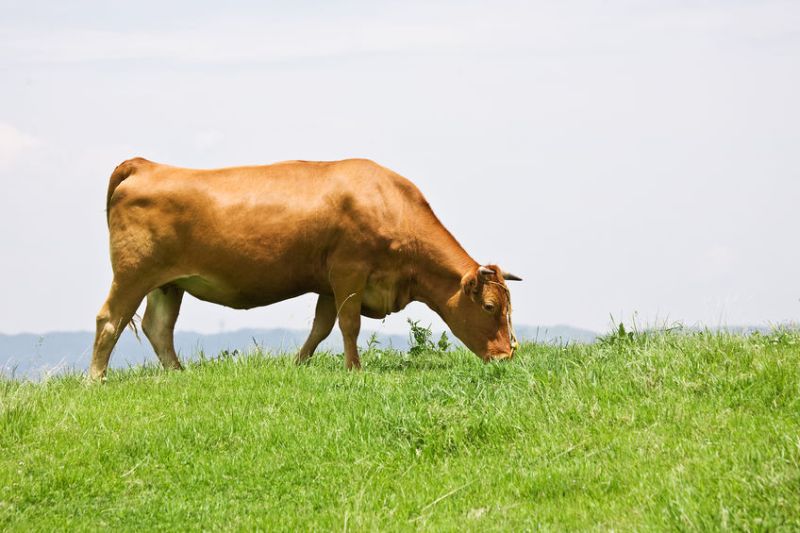
A new project involving the beef industry, scientists and precision engineering companies aims to enhance returns for beef producers while helping processors become more efficient.
OPTIBEEF will drive improvements in the productivity of beef production by improving the accuracy of current methods of abattoir carcass grading.
It will also create the first platform for integrating data from ‘calf to carcass’.
In the abattoir, the project will use new technology – 3D imaging and fat sensing – to provide a more accurate and detailed measurement of carcasses and their components.
On-farm technologies will be developed for ‘whole-life’ monitoring of individual animals, including advanced 3D cameras, novel fat sensing, automated weighing and feed intake recording.
The integration of the data gathered on-farm and in the abattoir will shed more light on the factors influencing carcass yield and drive improvements in product quality and consistency.
Using this information, farmers will in turn be able to make informed decisions to optimise nutrition, health and welfare, slaughter selections and genetic selections.
The lead partner is HallMark Veterinary and Compliance Services. HallMark recently acquired the UK’s independent carcass classification business, MLCSL (Meat and Livestock Commercial Services Limited) from AHDB.
The company will work with industry partners to deliver OPTIBEEF over the next three years.
HallMark Chairman David Peace said the established method of classifying carcasses relies entirely on human judgement.
“It is becoming increasingly challenging to recruit and train enough staff and that process can take a year.
“The development of automated classification technology will allow us to maintain service levels to customers, with the objective if continual improvement.
“A dual approach embracing new technology will provide a robust way forward to meet industry challenges.”
He added: “The on-farm element of the project is about ensuring that livestock are arriving at the abattoir at the optimum point, reducing the number of animals which don’t, at the point of slaughter, meet processors’ specifications.
“This will in turn optimise returns for producers by helping them be more selective on-farm, leading to greater efficiencies through processing facilities.
“The project will also target the ability to predict yield of primal cuts; something the industry has wanted for a very long time,” Mr Peace said.
The three-year project has won funding of £1.7m from UK Research and Innovation, through the Industrial Strategy Challenge Fund, as part of a package to support ‘Productive and Sustainable Crop and Ruminant Agricultural Systems’.
